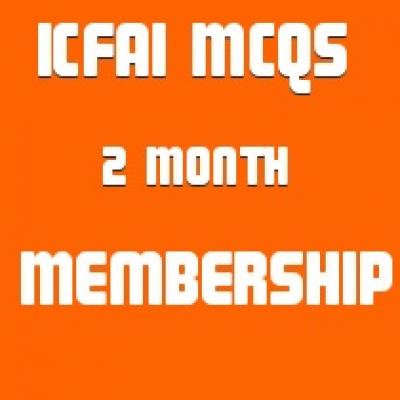Marketing Management
Price:
Rs500
Because of its imaginative marketing, excellent new products, and fine service to customers, the Westside Business Computers and Equipment Company grew to be a leader in its field, with sales over Rs. 100 crores annually, high profit margins, and continually rising stock prices. It became one of the favorites of investors, who enjoyed its fast growth rate and high profits. But the president of the company, Mr. Desai, soon realized that the organization structure, which had served the company so well, no longer fitted the company’s needs.
For years the company had been organized along functional lines, with vice-presidents in charge of production, purchasing, finance, marketing, personnel, engineering, and research and development. In its growth, the company had expanded its product lines beyond business computers to include photocopying machines, projectors, and motion-picture cameras. As time passed on, concern had arisen that its organization structure did not provide for profit responsibility below the office of the president, did not appear to fit the far-flung nature of the business now being conducted in many foreign countries, and seemed to emphasize the “walls” impeding effective coordination between the functional departments of marketing, production, and engineering. There seemed to be too many decisions that could not be made at any level lower than the president’s office.
As a result, Mr.Desai decentralized the company into fifteen independent domestic and foreign divisions, each with complete profit responsibility. However, after this reorganization was in effect, he began to feel that the divisions were not adequately controlled. There developed considerable duplication in purchasing and personnel functions, each division manager ran his or her operations without regard to company policies and strategies, and it became apparent to the president that the company was disintegrating into a number of independent parts.
Having seen several large companies get into trouble when a division suffered large losses, Mr.Desai concluded that he had gone too far with decentralization. As a result, he withdrew some of the authority delegations to the division managers and required them to get top corporate management approval on such important matters as (1) any capital expenditures over Rs.5,00,000 (2) the introduction of any new products, (3) marketing and pricing strategies and policies, (4) plant expansion, and (5) changes in personnel policies.
The division general managers were understandably unhappy when they saw some of their independence taken away from them. They openly complained that the company was not very sure about the organizational structure that it wants to follow. The president, worried about his position, calls you in as a consultant to advise him on what to do.
Questions
Do you agree on what Mr. Desai did to regulate control was correct?
What would you have done under these circumstances?
1. Case study solved answers
2. pdf/word
3. Fully Solved with answers







